TRT for Men Over 40: What to Expect, How to Dose, and Why It’s Not a Silver Bullet
After 40, testosterone levels begin a slow but steady decline — around 1% per year. For some, this is a gentle shift. For others, it feels like falling off a cliff. Lower energy, reduced libido, loss of muscle mass, poor recovery, brain fog, increased belly fat, and even depression can all point to low testosterone.
But symptoms alone don’t equal a diagnosis. Before you go searching for a miracle cure, here’s what you need to know about TRT — the good, the bad, and the realistic.
What Is TRT and Who Actually Needs It?
Testosterone Replacement Therapy (TRT) is a medical protocol that restores testosterone levels to a healthy physiological range — typically for men diagnosed with hypogonadism (confirmed via bloodwork). It’s not about becoming superhuman. It’s about returning to baseline.
A proper diagnosis means:
Total testosterone consistently below 300 ng/dL (10.4 nmol/L)
Symptoms that align with low T
Rule out other causes (e.g. thyroid dysfunction, poor sleep, high stress, overtraining, or alcohol)
Note: A single test result doesn’t confirm anything. Get morning labs (before 10 a.m.), ideally on two separate occasions.
Typical TRT Doses for Men Over 40
TRT isn’t a one-size-fits-all protocol. But here’s a breakdown of evidence-based starting points:
1. Testosterone Cypionate or Enanthate (injectable):
Standard dose: 100–150mg per week
Administration: Weekly (or split into 2 doses — e.g. 75mg Monday, 75mg Thursday)
Delivery: Subcutaneous or intramuscular injection
2. Transdermal Gel or Creams:
Dose: 50–100mg daily
Less stable absorption, more convenient, but harder to titrate precisely.
3. Nebido (testosterone undecanoate – long-acting injection):
Initial loading dose: 1000mg, followed by another 6 weeks later, then every 10–14 weeks
Less popular due to variability in symptom control
Monitoring Is Key:
Labs at 6 weeks, 3 months, then every 6–12 months
Track: Total T, Free T, Estradiol (E2), SHBG, Hematocrit, PSA, LH/FSH
What You Can Expect on TRT — Realistically
Week 2–4:
Libido may increase
Subtle improvements in mood and sleep
No dramatic muscle changes yet
Week 4–8:
Better energy and recovery
Slight increase in strength
Possible water retention
Week 8–12:
Improved body composition
Consistent mood and mental clarity
Libido stabilises
Reduced belly fat, more lean mass
Beyond 3 Months:
Blood markers should be stable
Muscle development, strength, recovery, and resilience continue to improve
Long-term benefits depend on training, nutrition, and sleep
What TRT Won’t Do
It won’t fix a poor lifestyle.
It won’t build muscle if you’re not lifting weights.
It won’t make you 25 again.
TRT supports your effort — it doesn’t replace it. Without proper sleep, strength training, and a dialled-in diet, you’re just injecting and hoping.
Risks and Side Effects to Monitor
Elevated Hematocrit: Can increase blood viscosity — monitor every 6 months.
Estrogen Conversion: Some men convert excess T to E2 — may cause water retention, mood swings, gynecomastia.
Suppressed Fertility: TRT suppresses natural testosterone and sperm production — consider HCG if maintaining fertility.
Acne, hair loss, oily skin — especially if genetically prone.
TRT should always be medically supervised. DIY hormone hacking is asking for long-term endocrine dysfunction.
Final Word: TRT Is a Tool — Not a Trend
Done right, TRT can be life-changing. Done poorly, it can wreck your health, hormones, and future options.
If you’re over 40, noticing symptoms, and your bloodwork supports it — TRT can help you regain the energy, strength, and drive that low T has quietly stolen.
But never forget: the injection is only part of the puzzle. Strength training, mobility work, smart recovery, and stress management are still non-negotiable.
Want Guidance From a Coach Who Gets It?
At Poseidon Performance, we work with men over 40 who want real results — not just a prescription and a prayer. Whether you’re on TRT, considering it, or going all-natural, we help build the structure, training, and support to make it count.
DISCLAIMER:
This article is for informational purposes only and does not constitute medical advice. Testosterone Replacement Therapy (TRT) is a medical intervention that should only be considered following consultation with a qualified healthcare professional. Dosages, potential side effects, and the need for treatment vary significantly between individuals and must be based on thorough clinical assessment and appropriate blood testing. Never self-administer hormones or begin any treatment without direct supervision from a licensed medical provider. Poseidon Performance does not diagnose or prescribe medication and assumes no liability for misuse or misinterpretation of the information provided.
